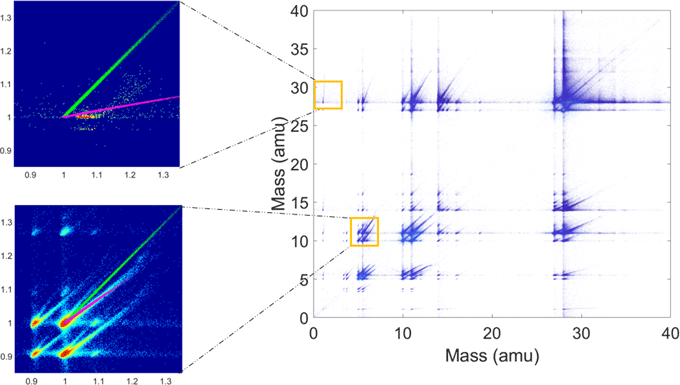Article contents
Dynamic Effects in Voltage Pulsed Atom Probe
Published online by Cambridge University Press: 12 November 2020
Abstract

Atom probe tomography (APT) is particularly suited for the analysis of nanoscale microstructural features in metallic alloys. APT has become important in the quantitative assessment at high spatial resolution of light elements, which are notoriously difficult to analyze by electron- or X-ray-based techniques. These control the physical properties of high-strength materials and semiconductors. However, the mass spectrometer of state-of-the-art commercial atom probes with the highest spatial precision and detection efficiency are optimized for elements with mass-to-charge ratios corresponding to Fe and neighboring elements. Little is known on the theoretical performances for light elements. Here, we discuss the theoretical instrumental performance of one such instrument using accurate three-dimensional transient electrostatic simulations in a time-varying field approach. We compare the simulations to experimental measurements obtained on an FeBSi bulk-metallic glass. Dynamics effects during the ion's flight are revealed when examining multi-hit mass-to-charge correlations, and we demonstrate their influence on the mass resolution. The model reveals significant differences in ion projection as a function of the mass. We discuss how these chromatic aberrations affect the spatial precision. This approach shows that by tuning the shape of the voltage pulses used to trigger field evaporation, minimizing the influence of these detrimental dynamic effects is possible.
Keywords
- Type
- Software and Instrumentation
- Information
- Copyright
- Copyright © The Author(s), 2020. Published by Cambridge University Press on behalf of the Microscopy Society of America
References
- 5
- Cited by




